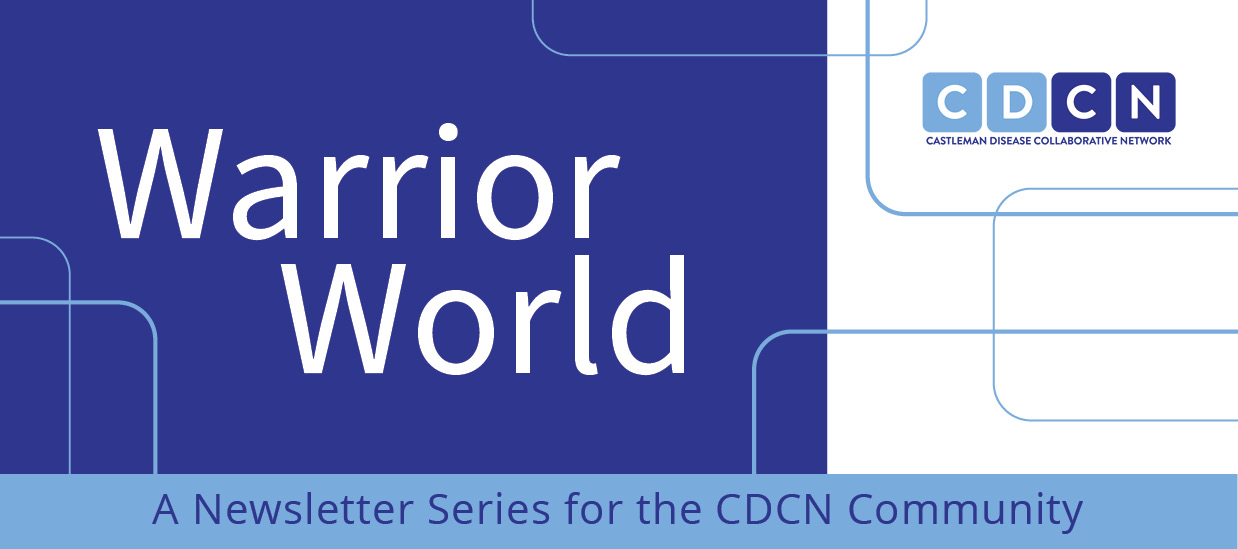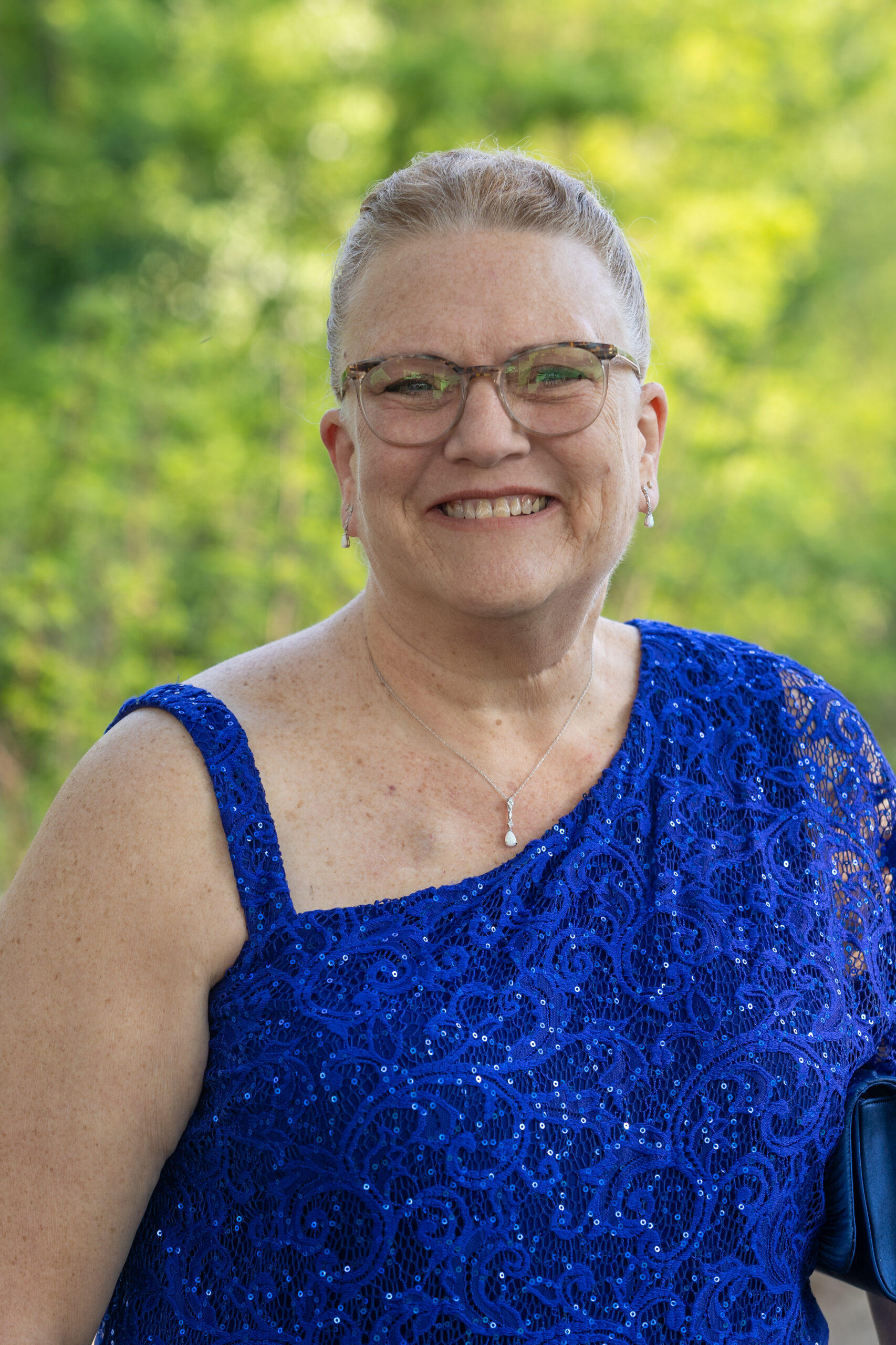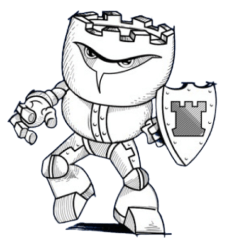Defining a new subtype of CD finally provides answers for so many patients who didn’t fit under the previously established primary subtypes of unicentric CD (UCD) and multicentric CD (MCD).
Unlike UCD, which involves a single enlarged lymph node or region of enlarged lymph nodes, or MCD, which involves multiple enlarged lymph nodes around the body, accompanied by flu-like symptoms and organ dysfunction, the newest subtype — oligocentric Castleman disease (OligoCD) — involves a few nearby regions of enlarged lymph nodes with milder chronic symptoms than typically observed in MCD.
This discovery suggests that CD presents on a spectrum, with 15% of patients falling in between the previously defined buckets of UCD and MCD. Understanding this range in clinical presentation will enable physicians to better determine the right treatment approach.
Our findings, published by Blood Advances, redefine our understanding of CD. We’re so proud of our research team at the Center for Cytokine Storm Treatment & Laboratory (CSTL) at Penn for making this discovery. We also want to recognize OligoCD patient Penny Deremer, who was the most amazing advocate for this research. She pushed us to study the data to find more patients like her, and we did. And we want to acknowledge the power of our ACCELERATE patient registry, which enabled this discovery (supported by a government grant from the FDA).









